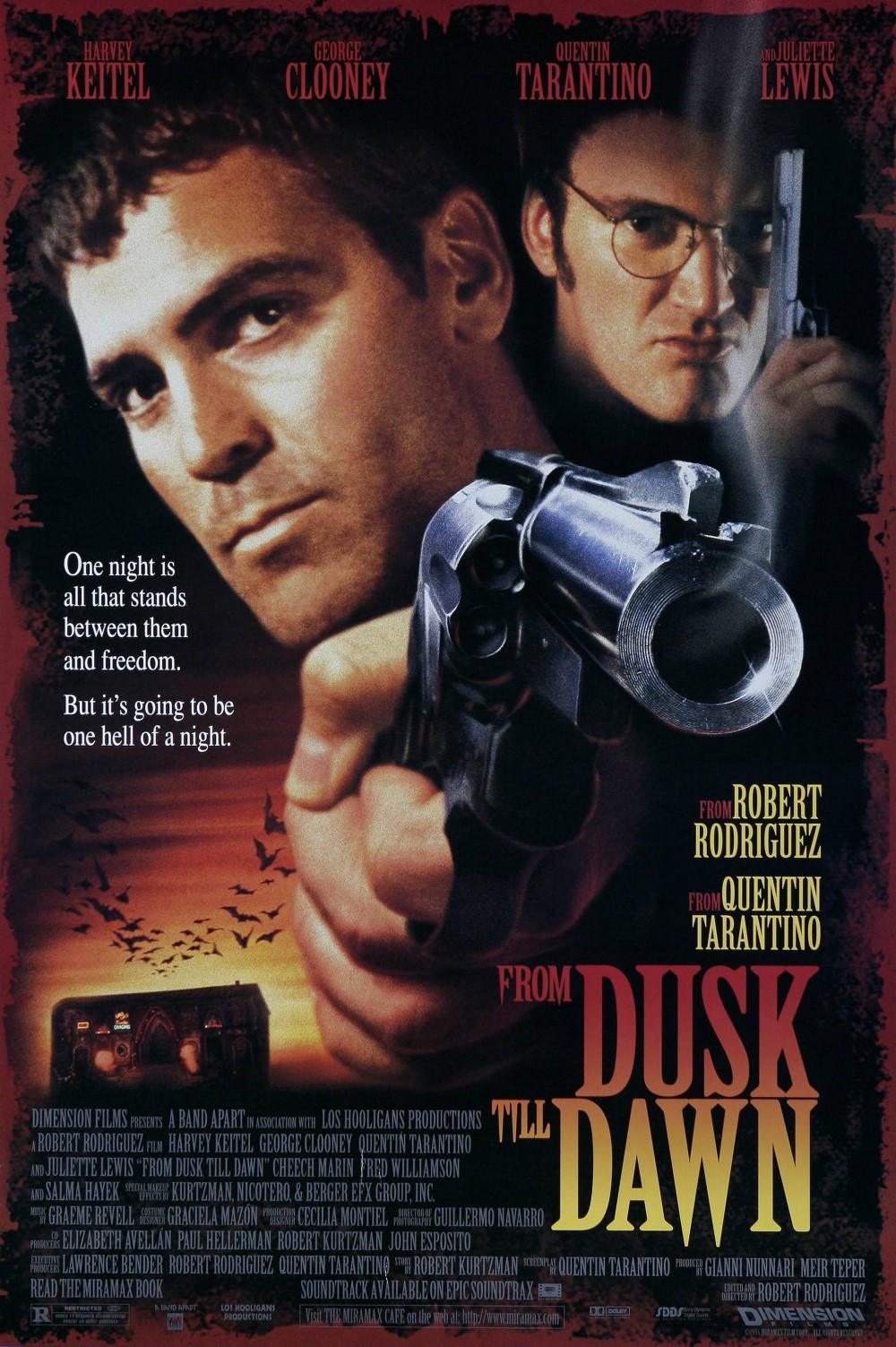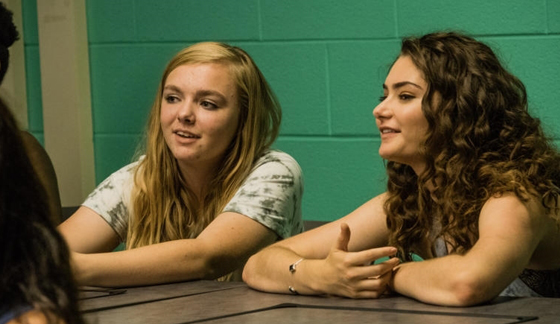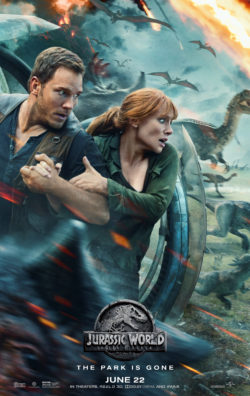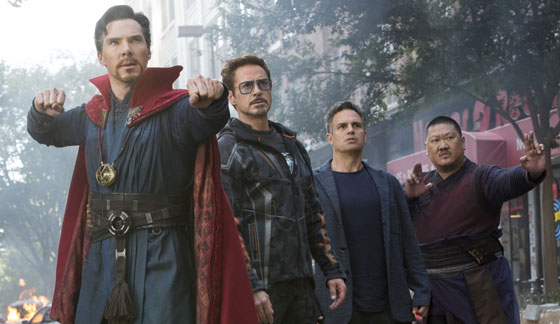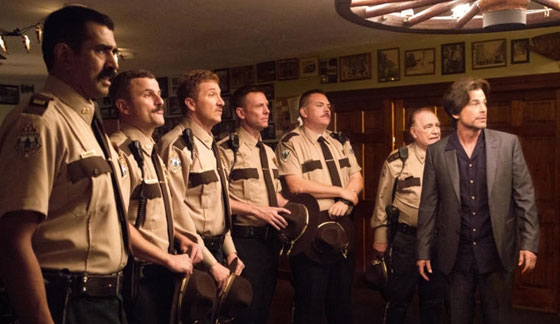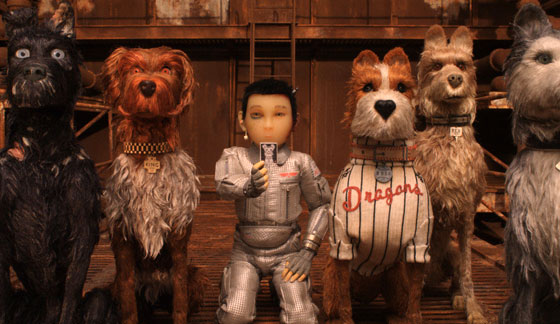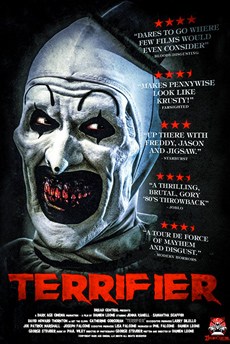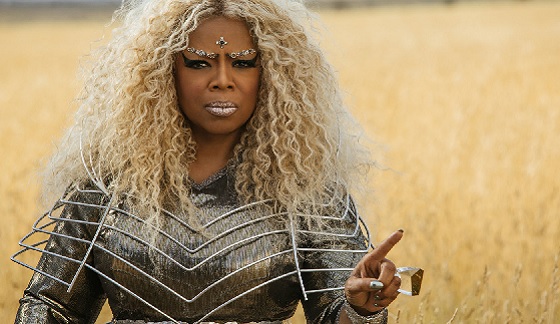Starring: Tye Sheridan, Olivia Cooke and Ben Mendelsohn
Directed By: Steven Spielberg
Rated: PG-13
Running Time:
Warner Bros. Pictures
Capturing the awe and power of video games has long eluded Hollywood, whether it’s adaptation of the games themselves or bottling the culture’s essence. “Wreck-It Ralph” came close, but it’s fair to disregard its efforts because it was animated, hence it was able to replicate the visual absurdity and calm in the chaos sometimes in video games. With a book, that I’m assume is page soaked in pop-culture references over two decades, Steven Spielberg appears to have cracked the code.
Instead of feeling like you’re watching someone play a video game at the arcade, Spielberg immerses viewers in the OASIS, a worldwide massive multiplayer experience at the center of “Ready Player One” The OASIS is where anyone can be anything they want to be, with digital avatars ranging from humanoids to iconic media characters. Before people can inhabit their digital body, they have to plug into these free-hanging set-ups that look like someone plugging themselves into “The Matrix” via a full-body suit, Nintendo power gloves and a VR viewer attachment. It seems like a hassle and unnecessary expense, but the alternative, reality, is a lot less exciting.
Wade Watts (Sheridan) lives in Columbus, Ohio in 2045. He lives in the slums of Columbus, which is filled with metallic clutter like older cars and technological trash. Most of its inhabitants take up residence in dilapidated trailer park trailers stacked on top of each other like a white trash Kowloon Walled City. With no parents and no real-life friends, or even a job, Watts retreats every day to the OASIS in a makeshift gaming room he’s carved out of the surrounding scrap heap.
Inside the OASIS, he and other players, which make up his clan, are on the hunt for the ultimate Easter egg. The creator of OASIS, the late James Halliday (Mark Rylance), has hidden several clues throughout the game that lead to three keys. If you find all the keys, you get full ownership of OASIS, as well as the money and stock attached to it. But it’s more than just a dream of riches and power; it’s a dream of escaping the rat hole that Watts perceives he lives in. Of course he’s not the only one on the hunt for these keys. An evil corporate shadow looms over the OASIS and looks to control the one thing used by billions.
Despite flirting with the risk of saturating the film with too much exposition, “Ready Player One” cleverly layers it over action sequences and visual feasts. Spielberg, who’s created some of the most iconic figures, creatures, and heroes for the silver screen, handles everything with a master stroke. Watts is immediately sympathetic and likeable; his friends and cohorts are equally the same despite their minimal screen time. The motivations of Watt and his journey rarely get muddied, but because so much of the film’s focus is on him, we lose sight of some of the great characters accompanying him.
There’s the rushed love interest, Art3mis (Cooke). She’s pigeonholed more than a few times, but the moments where her character can demonstrate personality that isn’t cliché are some of her best moments. She’s able to breathe a little, whether it’s solo or complimenting Watt’s introverted personality, but it’s certainly not enough once we realize how powerful she truly is. The movie’s villain, played by Ben Mendelsohn, is an intern that works his way up the corporate ladder looking to cash in on someone else’s idea and then abuse the power he’s obtained. He’d be more menacing if he didn’t pass off so many of his bad guys duties to lackeys and spent his time relegating the fun missions inside the OASIS to a mercenary, played by T.J. Miller.
Character flaws aside, Spielberg puts viewers in this vast digital landscape without ever making it feel overwhelmingly and at times he even makes it feel intimate. The films has a chaotic “Mad Max”-style car race that smacks viewers with dozens of pop-culture references and has a more focused homage in the form of a Stanley Kubrick playground that I dare not spoil. Both work because they not only cater to different tastes, but are easily digestible for those who might not pick up on every reference. However Spielberg neglected the real-world that the OASIS was created in.
What global crisis is happening or has happened that’s led to Columbus looking like a third world country? Why does it seem like Watts and the head of an evil corporate entity is only a couple of blocks away at all times? Why is the resistance to this evil corporate on such a micro-level as opposed to the global scale it seems to be inside the OASIS. We feel like we’re trapping inside Ohio any time we’re not zipping through the OASIS. Those thoughts sometime minimize the character’s plight and the film’s overall narrative.
Luckily you won’t have too much time to nitpick the film’s shortcomings because of how brisk it moves, even within the time span of nearly two and a half hours. For all its faults, and there’s quite a few that I have and haven’t listed, “Ready Player One” had me grinning like a child at the movies for the first time. At times I felt like I was picking up a video game controller for the first time, waking up early on a Saturday morning for cartoons or sneaking out of my room past my bedtime to watch a bad cheesy movie. For those who don’t feel that sense of nostalgia, you’ll certainly feel young again.
Related Content
